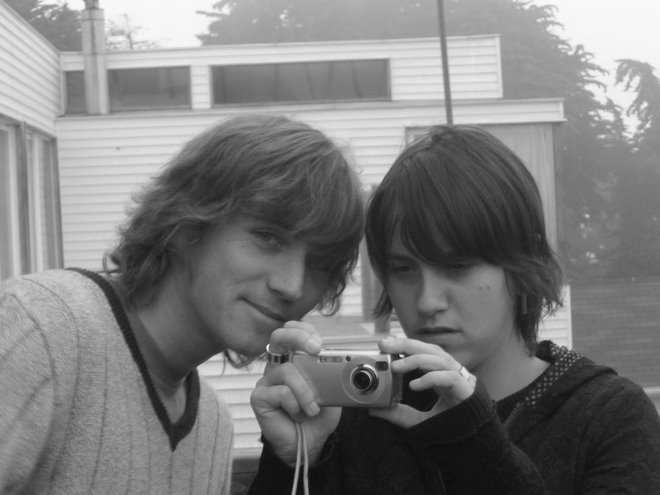





ale en londres
Abstract
This dissertation explores to what extent is it accurate to describe Greater London's suburban town centres as multi-scaled environments and what does this mean in terms of the kind of social entity a suburb is. The research addresses the understanding of the socio-spatial phenomenon of "scaled centralities" within larger entities of a city through the study of twenty suburban town centres in the city of London to test three main ideas: 1) that suburban centrality is not a static condition, but rather a process with dynamic stages and states that depends on the degree of absorption of the case within the whole spatial system, 2) that the hierarchy of the suburban elements within the cases is related to the stages and states of the process, and 3) that the localisation and distribution of town centre activity is also related to the scalar process of suburban centrality.
The relationship between suburban town centre spatial morphology and their socio-economic functioning is explored. On the one hand, town centres have grown and reduced in size over time, but they also have changed their activities and diversify. On the other hand, London has been described as a city of absorbed villages, and the study proposes that the degree of absorption has to due with theses differences and hierarchies. A scaled notion of centrality is explored establishing linkages between morphological scaled patterns and socio-economic functioning. How different scales of movement can shape socio-economic features, and whether there is any morphological and configurational explanation of socio-economic suburban town centre's differences, are the main questions explored. Is there any scale pattern, or absorption degree, in suburban town definition? How do the spatial structures of suburban town centres meet their functional and social requirements? This study answer some of these questions using various of the space syntax tools. A taxonomy of these elusive cases is attempted: two different categorisations are proposed as pattern of spatio-functional relations.
This dissertation explores to what extent is it accurate to describe Greater London's suburban town centres as multi-scaled environments and what does this mean in terms of the kind of social entity a suburb is. The research addresses the understanding of the socio-spatial phenomenon of "scaled centralities" within larger entities of a city through the study of twenty suburban town centres in the city of London to test three main ideas: 1) that suburban centrality is not a static condition, but rather a process with dynamic stages and states that depends on the degree of absorption of the case within the whole spatial system, 2) that the hierarchy of the suburban elements within the cases is related to the stages and states of the process, and 3) that the localisation and distribution of town centre activity is also related to the scalar process of suburban centrality.
The relationship between suburban town centre spatial morphology and their socio-economic functioning is explored. On the one hand, town centres have grown and reduced in size over time, but they also have changed their activities and diversify. On the other hand, London has been described as a city of absorbed villages, and the study proposes that the degree of absorption has to due with theses differences and hierarchies. A scaled notion of centrality is explored establishing linkages between morphological scaled patterns and socio-economic functioning. How different scales of movement can shape socio-economic features, and whether there is any morphological and configurational explanation of socio-economic suburban town centre's differences, are the main questions explored. Is there any scale pattern, or absorption degree, in suburban town definition? How do the spatial structures of suburban town centres meet their functional and social requirements? This study answer some of these questions using various of the space syntax tools. A taxonomy of these elusive cases is attempted: two different categorisations are proposed as pattern of spatio-functional relations.
